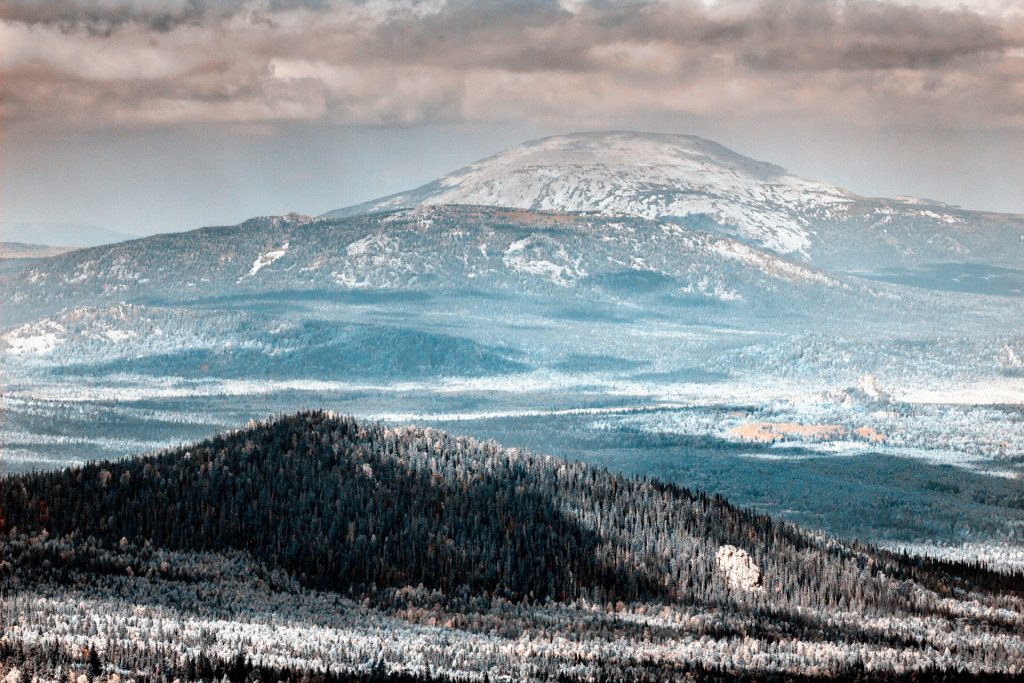Beneath Yamantau in the southern Urals lies a vast underground installation shrouded in secrecy.
Others are reading now
The world’s great powers have long constructed hidden fortifications to safeguard national security during times of crisis.
In Russia, one of the most enigmatic sites is located deep under Yamantau Mountain, a peak that has fueled speculation since the Cold War era. Some reports suggest that this site might serve as a “backup capital” for Russia’s leadership.
A Hidden Fortress Under the Urals
As reported by WP Tech, construction of the Yamantau complex began in the 1970s and continued despite economic hardships during the presidency of Boris Yeltsin.
American intelligence first raised concerns in the mid-1990s, estimating that the facility could accommodate up to 60,000 people, including Russia’s political and military elite.
Also read
In addition to possibly functioning as a strategic safe haven, the installation is believed to be part of the “Dead Hand” system.
This automated nuclear defense mechanism would ensure a retaliatory strike in the event of a catastrophic attack on Russia’s command infrastructure.
Official Silence and Foreign Observations
Though Russian authorities refuse to discuss the Yamantau installation, former Russian Defense Minister Marshal Igor Sergeyev confirmed its existence in the 1990s.
Similarly, General Eugene E. Habiger of the U.S. Strategic Command described the site as “a very large complex with millions of square meters of underground facilities.” Despite its scale, the precise function and activities within Yamantau remain a mystery to foreign observers.
Russia’s Ministry of Defense has consistently declined to provide information about the installation, citing national security concerns.
In the past, former Defense Minister Igor Rodionov stated that there was no practice of informing foreign media about such projects. This policy of secrecy continues to fuel speculation about the true purpose of Yamantau, a site that remains one of Russia’s most closely guarded military secrets.

